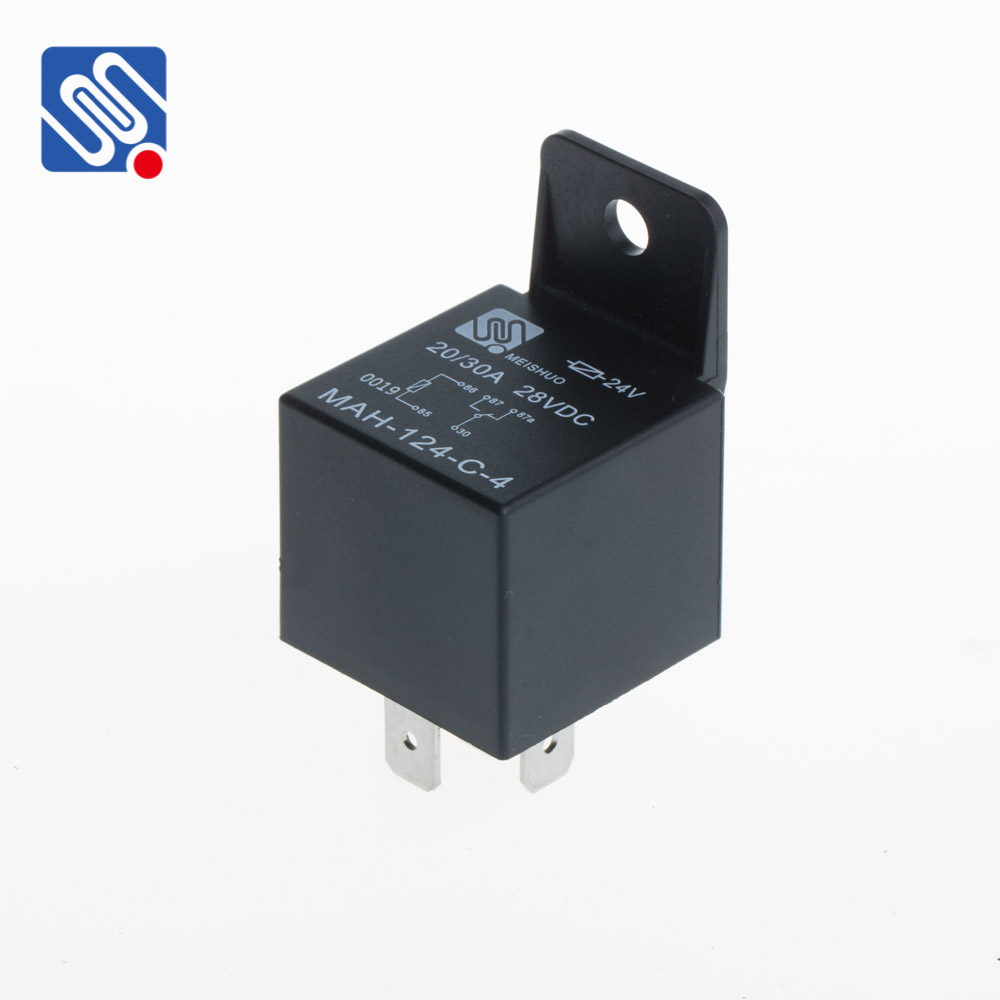Relays are integral components in modern electrical and automation systems, offering reliable and efficient methods for controlling various electrical devices. A Relay Operation Guide provides essential instructions for the installation, operation, maintenance, and troubleshooting of relays to ensure their smooth performance in different applications. This guide is crucial for both beginners and experienced technicians in electrical engineering and automation fields.

1. Understanding Relays A relay is an electrically operated switch that allows a low-voltage control signal to switch higher power or multiple circuits. The most common types of relays include electromechanical relays, solid-state relays, and thermal relays, each with specific applications and operational methods. An electromechanical relay, for example, uses an electromagnet to close or open electrical contacts, while a solid-state relay operates without moving parts, relying instead on semiconductor devices for switching. 2. Relay Components and Their Function A typical relay consists of several key components: